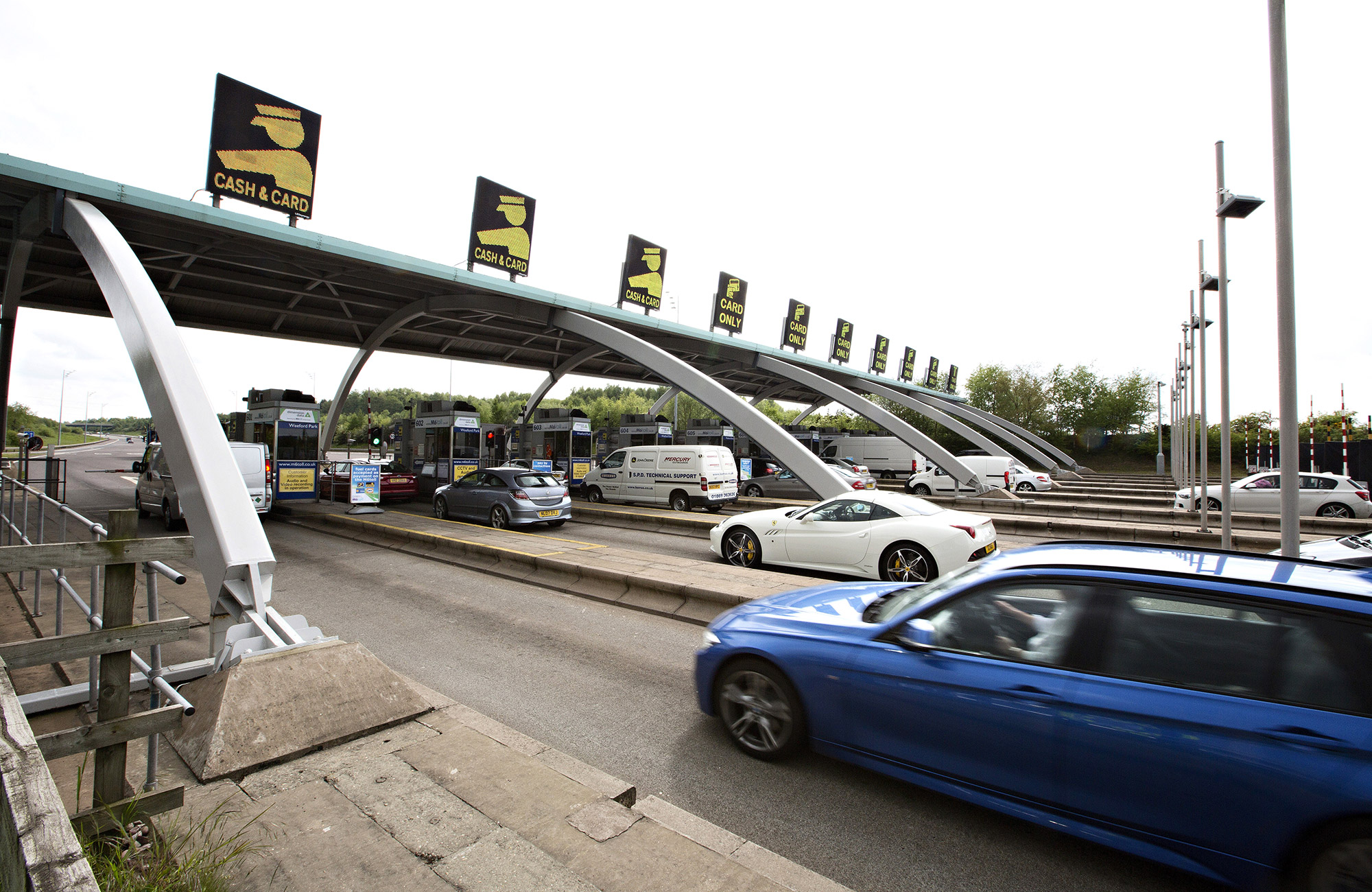Industry trends: Fibre, data centres and the digitalisation of infrastructure

Multiple disruptions are shaping the infrastructure sector, including the global net zero focus, funding shifts driven in part by government stimulus packages and digital transformation. In our Infrastructure Outlook report, we highlight some of the areas that we believe investors will hear a lot about. This article details one of those areas – investing in infrastructure that supports digitalisation.
In the ongoing transition to a digital world, technology and data are increasingly central to many aspects of daily life. As a result, internet traffic growth will likely continue to accelerate with global networking solutions company Cisco expecting year-on-year growth of 25-30% between 2017 and 20221. This represents a greater than threefold increase of internet traffic over the five-year period, driven by mass adoption of internet video and the demand for bandwidth-intensive applications growing. Furthermore, having been created prior to the global pandemic, these forecasts do not take into account the significant impact of COVID-19 on the proliferation of internet use and remote working.
Cisco also expect that the number of devices connected to IP networks will outpace the global population by more than three times by 2023, as new devices with increased capabilities and sophistication are introduced to the market. This represents a forecast 29 billion networked devices globally by 2023, up from 18 billion in 2018.2
IFM expects several key technologies will help drive strong long-term growth in computing power, and data traffic (both consumer and business). These include:
-
a continuation of strong growth in internet video services and entertainment
-
increasing adoption of the Internet of Things, big data, artificial intelligence and machine learning applications
-
the arrival of connected and automated vehicles.
As a result of this growth, IFM expects digital infrastructure across the telecommunication towers, data centres and fibre networks segments will face greater demand and continue to attract interest from infrastructure investors. There are certain opportunities in these asset types that demonstrate core infrastructure characteristics such as essentiality, high barriers to entry, cash-flow stability, and limited technology risk.
In November 2021, for example, IFM announced a long-term partnership with Deutsche Telekom (one of the world’s leading integrated communication companies), establishing a new joint venture, which plans to roll out gigabit-capable Fibre-to-the-Home broadband to over four million homes in rural areas of Germany by 2028.
Data centres have also claimed their place within the infrastructure space with many assets demonstrating resilience and the fundamentals to support long-term stable cash flows, driven by growth in the digital economy. While IFM would not view all data centre assets as core infrastructure, there are segments of the market that can demonstrate these characteristics.
Digitalisation of infrastructure
Across our portfolios, IFM is observing how the digitalisation of infrastructure is working to meet changing consumer expectations, as well as create operational benefits across all stages of the asset lifecycle.
Infratech solutions are providing access to real-time information and redefining how consumers interact with infrastructure services3. These enable energy and other resources to be optimised, and space better managed. This is especially relevant for airports and train station operators to manage crowds in a COVID-safe economy. They are facilitating smart water management, and the use of sensing technologies that enhance asset operations. And they are underpinning the development of more tailored products and services.
The introduction of automated number plate recognition on the M6 toll road in England is an example of how data collection will drive the creation of more tailored pricing strategies connected to vehicle type, duration of travel and frequency. Similarly, since launching in 2017, Manchester Airport Group’s data-driven MAG-O platform has increased business-to-consumer airport revenues through offering services such as car parking, hospitality reservations and retail pre-ordering.
Increasingly smart mobility platforms are integrating transport modes. Over the coming years, there may be possibilities for the digitalisation of roadside infrastructure to facilitate communication with vehicles, potentially enhancing safety and traffic flow. With increasing digitalisation, infrastructure sectors will face an evolving set of opportunities and challenges, such as the need for a substantial focus on cyber security. Developing a nuanced understanding of the technology landscape will be essential to acting on emerging trends to minimise risks and unlock value.
Digitalisation is one of the four key trends and disruptions shaping we identified as shaping the sector in our Infrastructure Outlook. Check out the full report.
1 Cisco Annual Internet Report 2017-2022
2 Cisco Annual Internet Report 2018-2023
3 www.pwc.com/gx/en/capital-projects-infrastructure/pdf/global-infrastructure-trends.pdf
This article is Part Three of a four-part series of excerpts from our Infrastructure Outlook Report, which highlights some of the areas that we believe investors will hear a lot about. This article details one of those areas – investing in infrastructure that supports digitalisation.
Related articles

Economic Update June 2025

IFM’s Australian operation secures Family Inclusive Workplace certification





